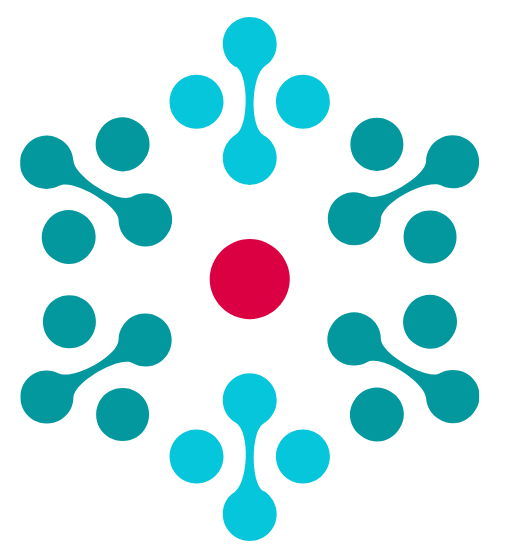How to Streamline Your Recruitment Process: 5 Proven Strategies to Hire Smarter and Faster
Is your hiring process helping you grow – or holding you back?
According to research by the Society for Human Resource Management (SHRM), the average time-to-fill is 36 days. That’s over a month of lost productivity, higher operational strain, and increased risk of losing high-potential candidates to faster-moving competitors.
But there’s good news: streamlining your recruitment process doesn’t require massive restructuring. Here are five actionable ways to improve your hiring process.
1. Define Roles with Precision Using a Position Analysis Questionnaire
A streamlined hiring process begins long before a job post goes live. One of the most overlooked inefficiencies in recruitment is starting with a vague or outdated job description. When you’re unclear about what a role truly entails, your candidate pool becomes misaligned from the start.
Enter the Position Analysis Questionnaire (PAQ): a structured tool that collects detailed insights about a job's responsibilities, required skills, working conditions, and performance expectations.
Why it matters:
Clarifies role expectations: Ensures that hiring managers and team leads align on what the role involves.
Guides better sourcing: Helps you attract the right kind of candidates by highlighting exactly what success looks like.
Supports better screening and interviewing: You can tailor structured interviews and assessments around well-defined competencies.
How to implement PAQs effectively:
Standardize your questionnaire format and roll it out across all departments.
Include detailed questions about time spent on tasks, physical demands, skills required, and environmental conditions.
Assign the questionnaire to current job holders or direct supervisors.
Train HR staff on how to analyze and apply PAQ results to recruitment.
When the foundation is solid, every step that follows – from job marketing to onboarding – is faster and more effective.
2. Use Structured Interviews to Eliminate Bias and Improve Accuracy
Unstructured interviews are still common, but they’re notoriously unreliable. Studies show they are only half as predictive of job performance compared to structured interviews.
Benefits of structured interviews:
Reduces bias: Everyone is asked the same questions in the same way, ensuring fairness.
Increases predictive validity: Focuses on job-related behaviors, not subjective impressions.
Improves interviewer preparedness: With pre-set questions and evaluation criteria, interviewers are more confident and consistent.
Tips for effective implementation:
Develop a library of behavioral and situational questions tailored to your PAQ results.
Define a rating system or rubric to assess each answer objectively.
Record answers in a standardized format so they’re easy to compare.
Provide training to interviewers to ensure consistency across departments.
Not only does this improve your chances of hiring the right person, but candidates also perceive the process as more professional and fair.
3. Evaluate Skills with Work Sample Tests and Real-World Tasks
Would you hire a pianist without hearing them play? Probably not. So why should hiring be any different?
Work sample tests simulate job-specific tasks and provide the most accurate indication of future performance. According to research, they’re one of the strongest predictors of job success – far better than resumes or traditional interviews.
Why work sample tests work:
They focus on what really matters: performance, not presentation.
They simulate real job conditions: giving both you and the candidate insight into fit.
They improve candidate experience: offering transparency and a fair chance to shine.
Best practices:
Base tasks directly on daily responsibilities (e.g., coding challenges for developers, pitch decks for marketers).
Offer flexible deadlines to reduce candidate stress and get higher-quality submissions.
Introduce them later in the process, ideally after an initial screen and interview.
Use the completed work as a springboard for discussion in a follow-up interview.
Bonus tip: Pilot your test internally before sending it to candidates to ensure it's realistic, fair, and effective.
4. Leverage AI-Powered Matchmaking to Reach Top Talent
Even with the best processes, you can’t hire if the right candidates never see your role. That’s why sourcing is often the biggest bottleneck – and the best opportunity for improvement.
Why AI matchmaking saves time and improves quality:
Speed: Get candidate matches in days, not weeks.
Relevance: Candidates are vetted and aligned with your company’s values and role requirements.
Global Reach: Access a global network of talent with the skills and passion for sustainability and innovation.
What Tälist offers:
Real-time candidate alerts
Sector-specific insights and hiring data
Tools for employer branding and outreach
No-cost access for companies in Alternative Proteins
For hiring professionals in fast-growing, niche sectors, platforms like Tälist act as an extension of your recruitment team – saving time while improving results.
Want to see it in action?
Tälist is helping companies in Alternative Proteins hire smarter, faster, and with more purpose. Schedule a free intro call or sign up to explore curated matches tailored to your team.

